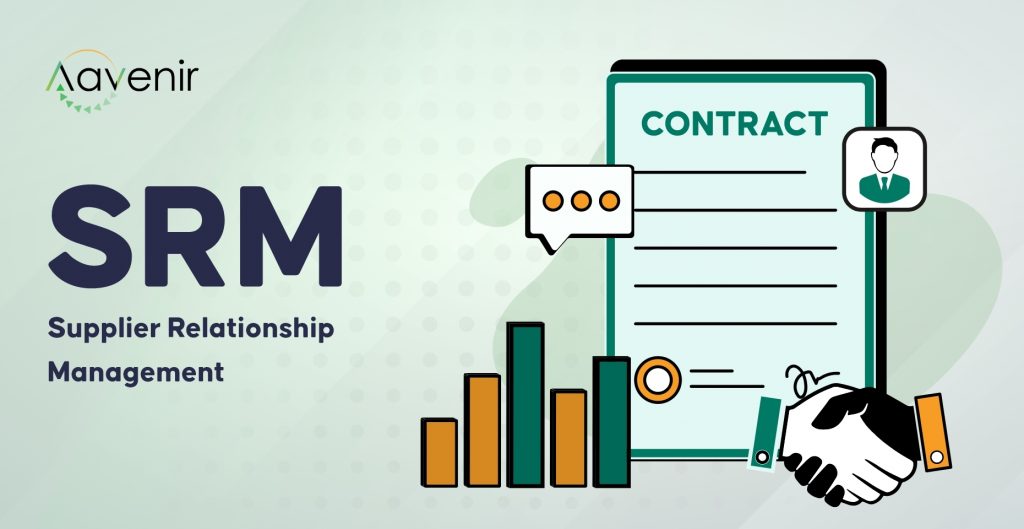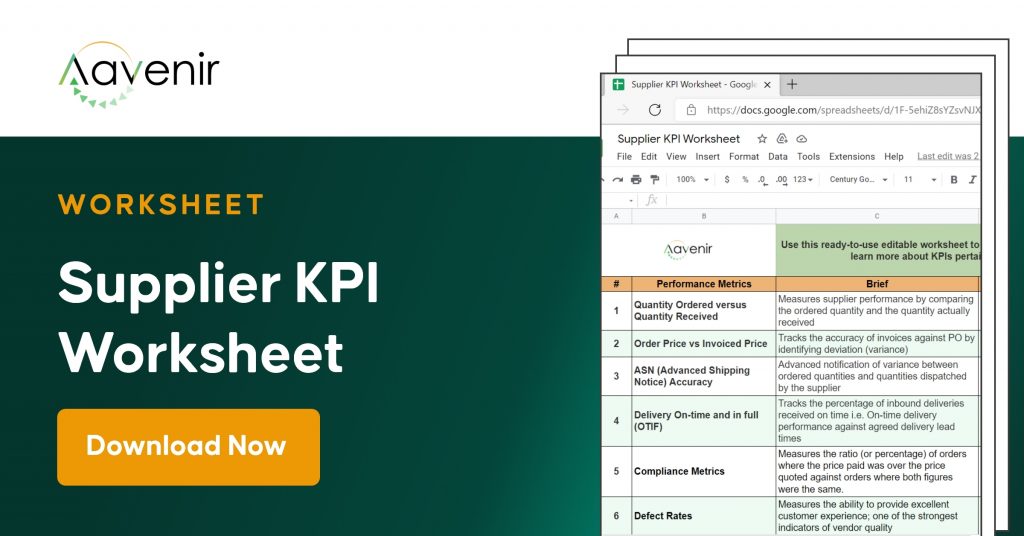What is Supplier Relationship Management (SRM)?
Supplier relationship management (SRM) is a methodical approach in which businesses segment their suppliers and identify key supply categories in order to develop a strategy for effectively managing all of their suppliers and supplies. Supply chain professionals that interact with suppliers on a regular basis in areas like procurement, project management, and operations use supplier relationship management. Supplier relationship management includes three main steps: supplier strategy development, supplier strategy execution, and supplier segmentation.

The SRM discipline aids in determining the value that each supplier delivers, and also which ones seem to be the most crucial to the business’s continuity and success. It also allows managers to develop stronger relationships with suppliers depending on the importance of each one.
Challenges in Supplier Relationship Management (SRM)
The following are some of the challenges that can hinder supplier relationship management:
- Being utilized solely for cost-cutting purposes rather than cultivating value and strategic relationships
- A lack of understanding of suppliers, their relevance to the company, and the value they may provide
- Risk and continuity management during and after COVID-19
- Inadequate commitment to developing clear project goals, assigning and training employees to manage it, and aligning business units with the objectives
A Brief History of SRM
Peter Kraljic, a director at the consulting company McKinsey & Company, is credited with the creation of supplier relationship management. In a September 1983 Harvard Business Review article titled “Purchasing Must Become Supply Management,” he advocated segmenting the supplier base and mapping it against 2 important dimensions: profitability and risk.
For businesses to deal with the risks, complexities, and possible supply and pricing disruptions, Kraljic said that “Management must learn to manipulate events for its own benefit.”
This requires a fundamental shift in mindset: from purchasing (an operational function) to supply management (a strategic function).” Others developed SRM based on Kraljic’s core premise, and the discipline has made advances as technologies and procedures have changed and matured.
Conclusion
Some vendors are more important than others in terms of operational excellence, business continuity, scalability, and, ultimately, profitability. For eg, a computer manufacturer’s office stationery supplier has minimal impact on profitability, but its main electronics supplier does, making it a critical strategic partner. Any threat to the operations of the electronics manufacturer is a huge threat to the computer company. Although essential suppliers vary by industry and each organization has its own mix, the ultimate purpose of SRM remains the same: to streamline and optimize the processes that occur between the organization as a consumer of products and services and the businesses that supply them.
Explore Additional Resources To Know More




